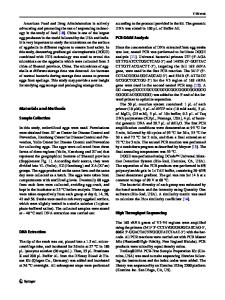Bridging of different sites by bohemians and tourists: analysis by agent-based simulation
- PDF / 1,406,481 Bytes
- 18 Pages / 439.37 x 666.142 pts Page_size
- 3 Downloads / 245 Views
Bridging of different sites by bohemians and tourists: analysis by agent‑based simulation Shiro Horiuchi1 Received: 18 May 2020 / Accepted: 15 November 2020 © The Author(s) 2020
Abstract Individuals often aggregate in areas of high density where they can form profitable social networks. Individuals of few resources cannot manage the high costs of density and are displaced into areas of low density. The lifestyle of bohemian and tourist may increase the profits of all parties and shrink inequalities among sites. Since these lifestyles are possible only for the rich, this phenomenon may further expand inequality. To test the effects of the lifestyle of bohemian and tourist on inequality, we run an agent-based simulation (ABS) in which some agents (individuals) select only their residence sites (singular) and others select two sites for their residence and visits (dual), paying additive costs. The ABS demonstrates that when we increase the number of duals, all agents gain higher profits, and inequalities among agents of different sites decrease. The ABS also demonstrates that any agent evolves to a dual when the costs of density and travel are small. Further research could consider the possibility of the dual lifestyle by conducting studies on groups of bohemians and tourists. Keywords Density · Travel · Social network · Globalization · Inequality
Introduction Social networks affect individuals’ behaviors; in turn, individuals affect their social network. If a social network evolves thorough the mechanism of self-organization, naïve intuition is unlikely to predict the outcomes of a social network. Computer simulations have contributed to reproducing the dynamics of self-organization. Various disciples, including the social sciences [9], have adopted computer simulations to analyze the evolution of social networks. Most studies on social networks have focused on preferential attachment for the evolution of social networks. Scale-free networks appear if nodes are linked with * Shiro Horiuchi [email protected] 1
Faculty of International Tourism, Hannan University, Matsubara City, Japan
13
Vol.:(0123456789)
Journal of Computational Social Science
other nodes, depending on the number of links that the nodes already have. Scalefree networks explain actor collaborations, power grids, and the World Wide Web [4]. Succeeding studies have assumed additive realistic conditions in the network formation rule for individuals’ choice; individuals are assumed to seek their links by their homophily [34], transitive ties [49], betweenness rather than degree [60], or the position of structural holes [13]. In these studies, links form globally, with small or no costs across space. Individuals usually cannot link to others in just any place. In areas where the population density is too low or individuals are too far apart, they probably will not find others to link to. In other words, spatially proximate individuals will probably become members of the same network. The classical study demonstrates that friendships ar
Data Loading...











